Happy Monday!
Today I want to share with you my opinion about the WÜSTHOF CLASSIC IKON
As some experienced chefs will tell you, if you really need the beautiful blade, Wüsthof is the way to go. That is if you have the money for it. Wüsthof comes from Solingen, Germany’s notorious “City of Blades”.
They are known for making some of the best flatware in the world. This is a tough and fast one out of four knives. Like our pick for Best to Buy, these Ikon steak knives aren’t jagged, but their precision cut makes short paintings of most meats.
The cutting edges are set at a 14 degree angle. The slim angle helps you cut through hard tissue with less effort. Here, too, it is important to note that these knives must be sharpened regularly and sharpened more often than heavy chef’s knives. Be careful when choosing a sharpener – 14 degrees is not always the most common facet angle, so it could be difficult to find the right sharpener.
Alternatively, you can send the knives to Wüsthof at regular intervals to restore the brand-new sharpening area.The company prides itself on the fact that its PEtech (Precision Edge Technology) gives the blade twice the edge retention than other technologies. We haven’t been able to evaluate this claim, but we can practically say that their laser-guided grinding techniques produce high-quality edges.
As with almost all knives from Wüsthof, carbon-rich, rust-free metal is also used for these knives. It offers a little more resilience than inexpensive stainless steels, but keeps oxidation in check. The metal is very tough and reaches a value of 58 on the Rockwell hardness scale. Don’t throw them around though – heavier blades are more likely to split than softer ones.
Many steak knives are made from stamped metal, but Wüsthof forges theirs. In general, solid blades are stronger and retain the edge better than embossed blades. The forging process also offers the tailor the risk of enclosing a robust steel half-shell in which the blade meets the handle. The additional material allows you to balance the knife and defend your fingers at the same time. Behind it, the shaft extends to the end of the handle to make sure you have enough leverage.
Based on most of today’s high-priced knives, Wüsthof manufactures their handle from polyoxymethylene or POM. Granted, it doesn’t look quite as stunning as the wood grain, but it’s hard to overcome in phrases of longevity. The POM won’t crack or strengthen like wooden handles do from time to time.
Unfortunately, Wüsthof no longer consists of scabbards with these knives. We advise you to find your own personal knife or use a knife block to defend the edges.
Disclaimer:Some of our stories include affiliate links. If you buy something through one of these links, we may earn an affiliate commission.

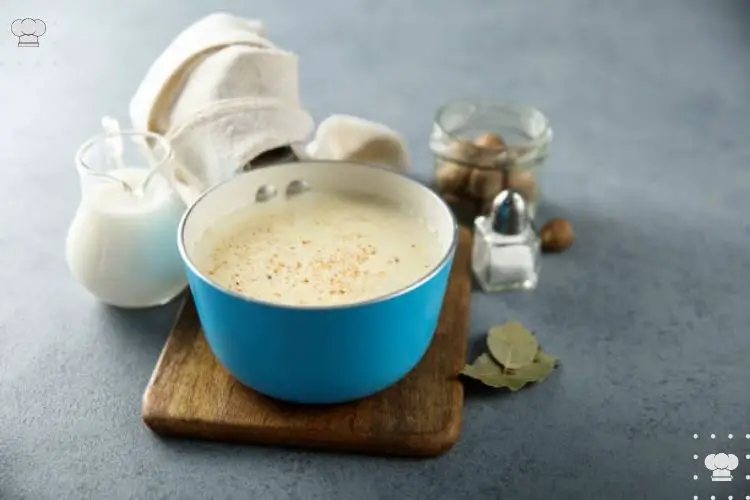
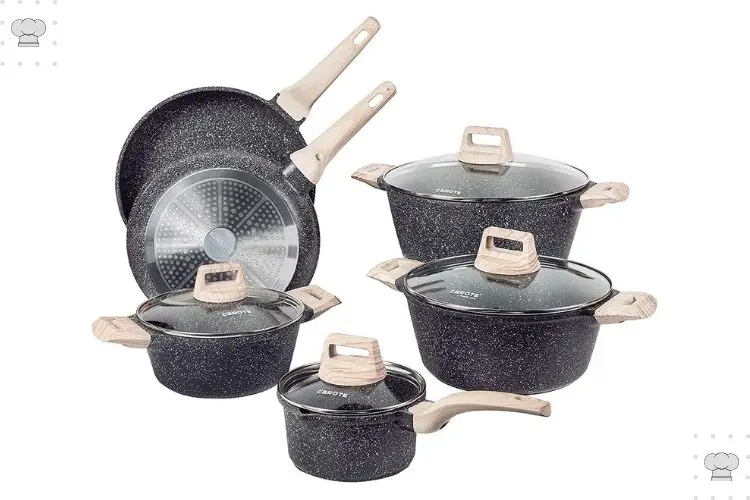
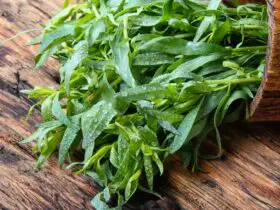

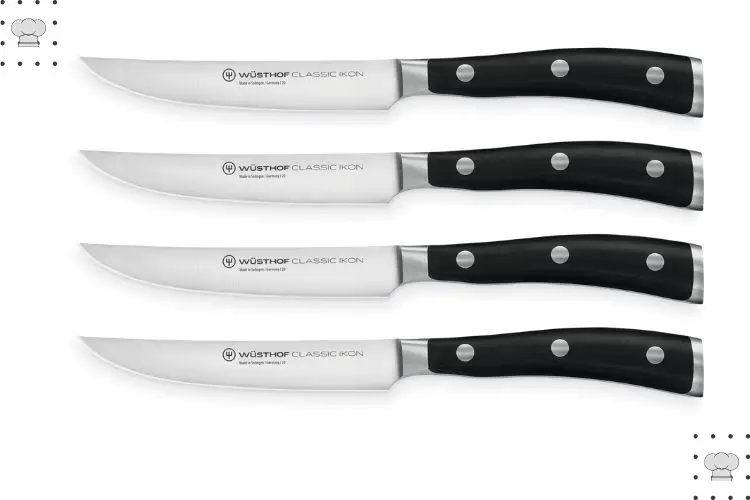
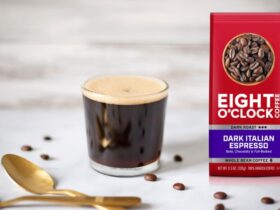
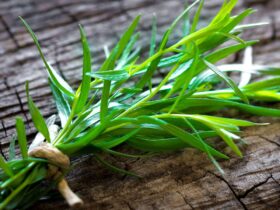

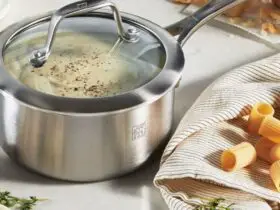
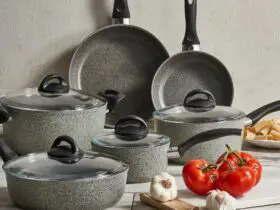

Leave a Reply